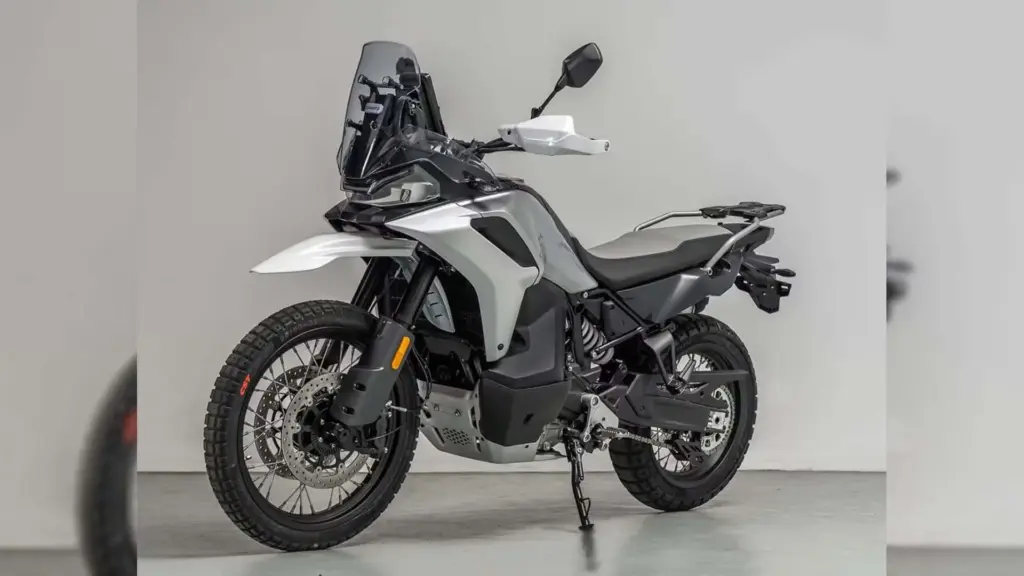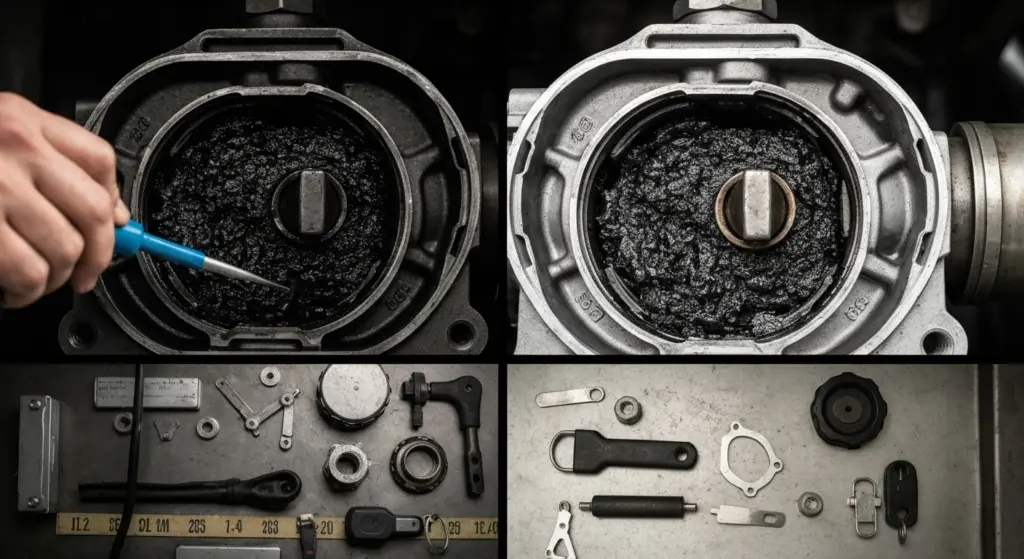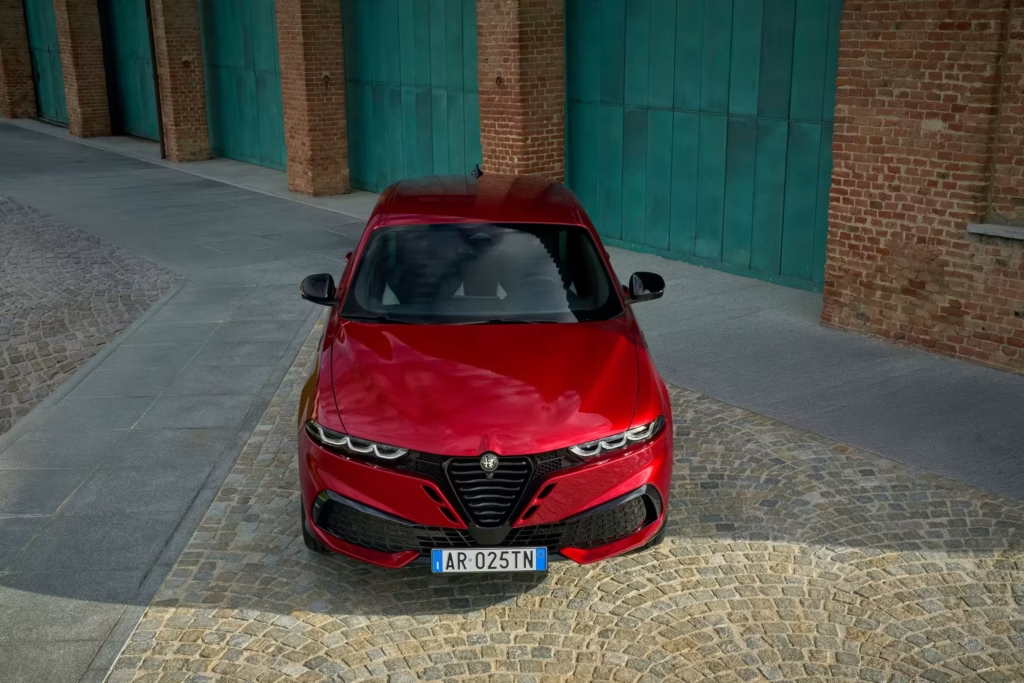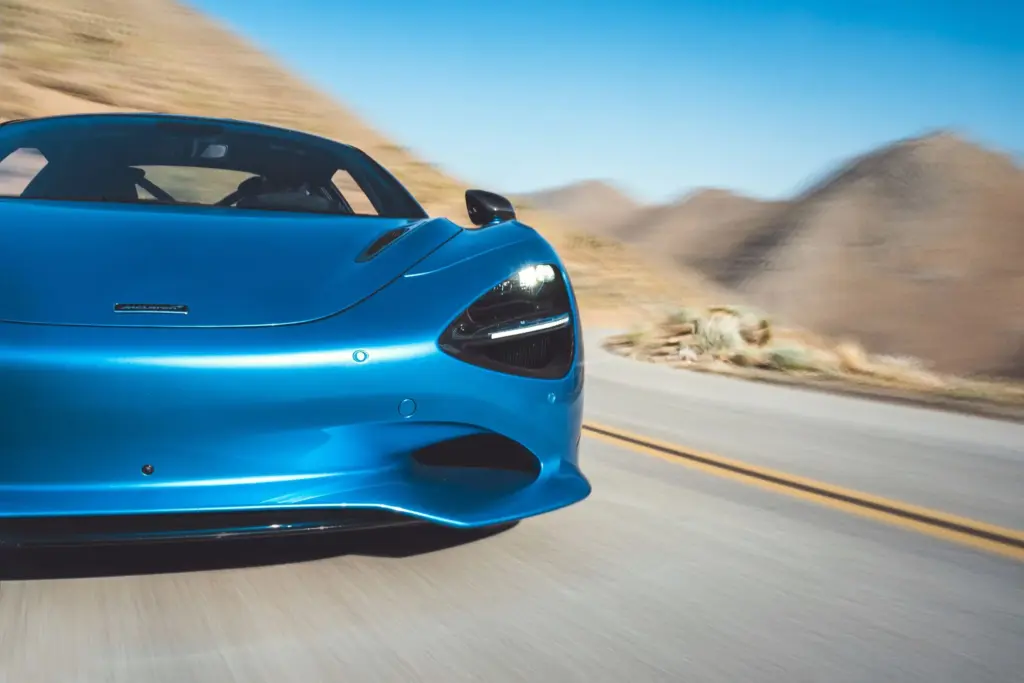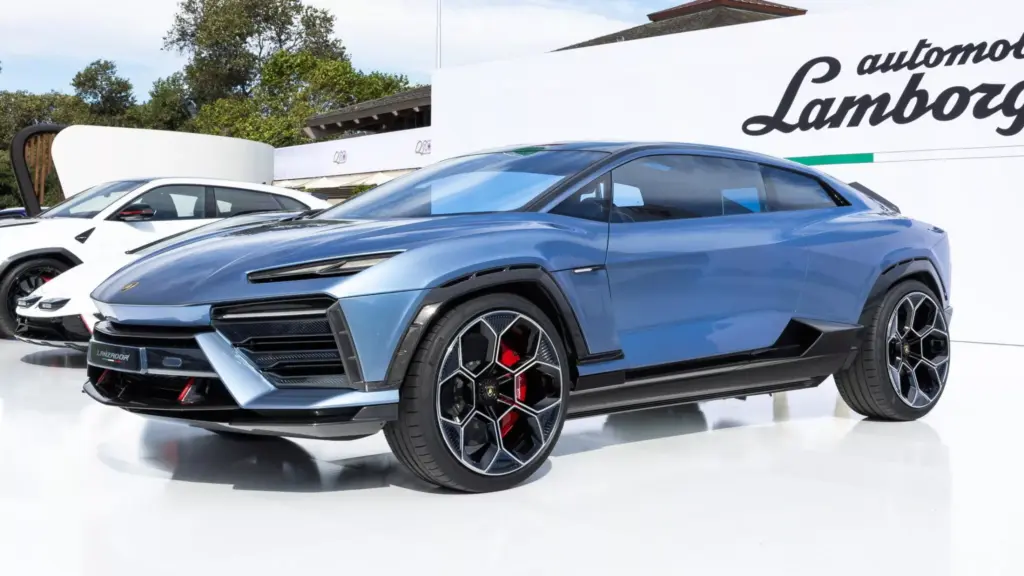The Tesla Semi has been an electrifying promise (literally!) in the heavy transport world since its announcement. With limited production starting in 2022 and growing expectations for 2025/2026, it’s time to dive deep into what we know about this electric giant. Let’s uncover the specs, analyze the versions, discuss the prices (which have already sparked controversy!), and see how it stacks up against the competition.
Tesla Semi: What Do We Know So Far?
Announced with great fanfare, the Tesla Semi promised to revolutionize road transportation with energy efficiency, impressive performance, and reduced operating costs. Its aerodynamic design inspiration—perhaps reminiscent of Japanese bullet trains—is intended to maximize range. However, the journey from promise to mass production has been longer and more winding than expected, with delays and schedule adjustments being constant, as reported by sources like InsideEVs UOL, which points to production starting in 2026.
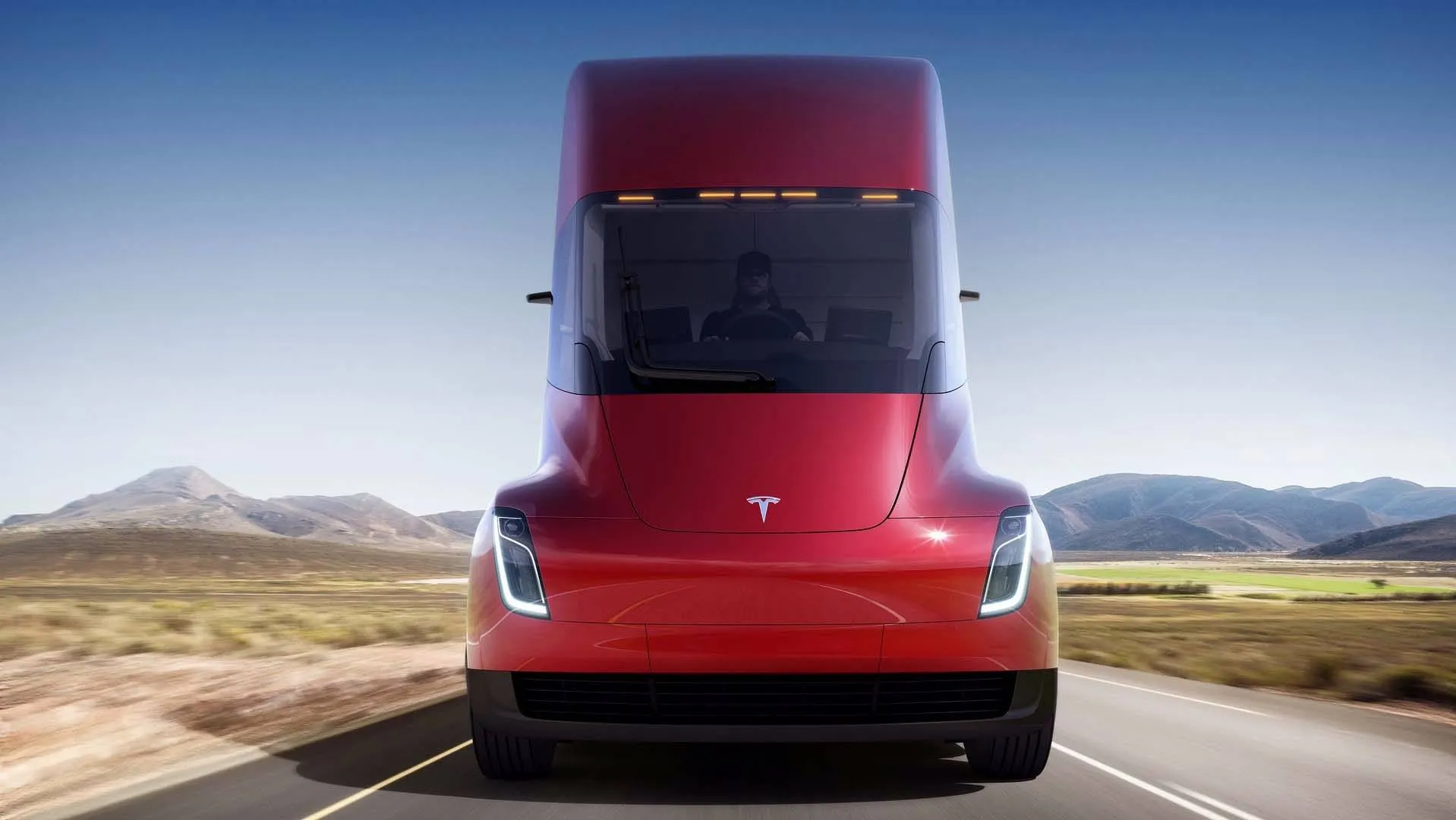
The initial idea was clear: offer a Class 8 truck with a Total Cost of Ownership (TCO) significantly lower than diesel models. Tesla focused on range, safety enhanced by Autopilot, and a driver-centric experience. Although production is still limited, some units are already on the road, mainly in the hands of large companies like PepsiCo and Ryder, providing real-world data that sometimes contrasts with initial projections. We follow Tesla’s updates closely, just as we do with other anticipated models like the 2025 Tesla Model Y (Juniper).
Detailed Specs: Versions and Specifications
Let’s get to the point: the numbers and specifications. Tesla initially planned two main versions, plus a special launch edition. It’s important to note that some specs are still based on projections or early data, and the “Standard Range” version has not yet entered actual production.
Tesla Semi 2025 Versions (Projected and Current)
| Version | Estimated Range | Estimated Battery | Motors | Projected Price (USD) |
|---|---|---|---|---|
| Standard Range (Proposed) | ~300 miles (~480 km) | ~500-600 kWh | Not specified (Probably 2?) | $150,000 |
| Long Range | ~500 miles (~800 km) | ~900 kWh – 1 MWh | 3 (Independent) | $180,000 |
| Founders Series (Limited) | ~500 miles (~800 km) | ~900 kWh – 1 MWh | 3 (Independent) | $200,000 |
Performance is one of Tesla’s highlighted selling points. Acceleration from 0 to 60 mph (0-96 km/h) is estimated at an impressive 5 seconds when the truck is empty, and about 20 seconds when fully loaded (GCWR of 82,000 lbs / ~37,200 kg). These figures significantly outperform traditional diesel trucks.
Energy consumption is another crucial factor. Tesla claims usage below 2 kWh per mile (~1.24 kWh/km) under maximum load conditions. Independent reports and fleet data from companies like PepsiCo, analyzed by publications such as Electrek, aim to validate or challenge these numbers, which are vital to calculating the TCO.
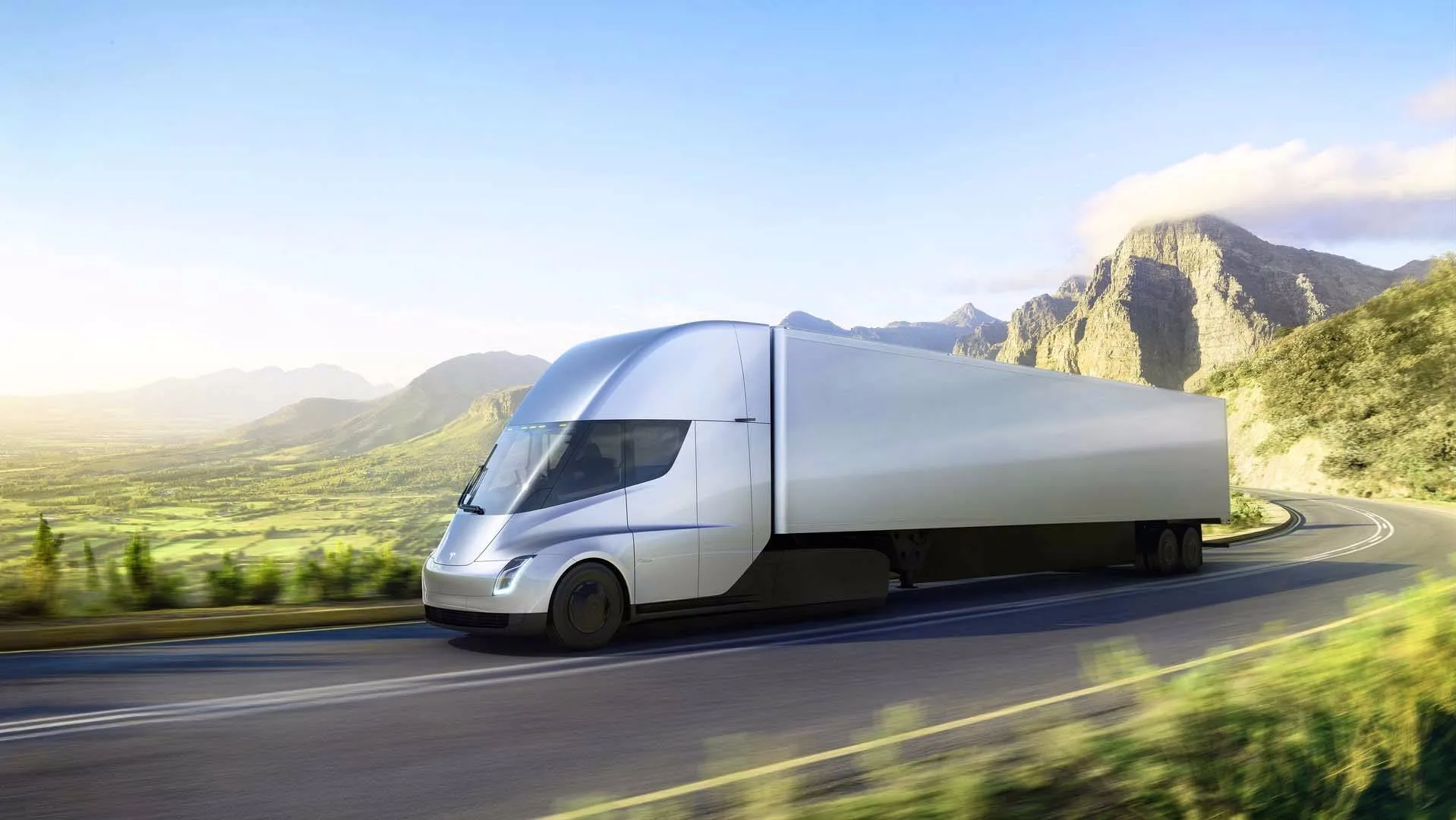
To power these huge batteries, Tesla is developing the Megacharger network, which promises to add about 400 miles (640 km) of range in just 30 minutes. Fast-charging infrastructure is essential for the viability of electric trucks on long hauls—a challenge the entire industry faces, including companies like Stellantis with their new fast-charging batteries.
Dimensions and Capacity
The exact dimensions still lack official detailed confirmation across all variants, but we do know the Semi fits into the Class 8 truck category in the U.S. Its maximum Gross Combined Weight Rating (GCWR) is 82,000 pounds (~37,195 kg), the standard for this class.
- Class: 8
- GCWR: 82,000 lbs (~37,195 kg)
- Driver Position: Center
- Aerodynamic Coefficient (Cd): ~0.36 (Estimated)
- Drive: Rear (3 motors on axle)
Actual vs. Projected Price: The Big Question
Here things get murky. The projected prices of $150,000 (300 mi range) and $180,000 (500 mi range), with the Founders Series at $200,000, seemed competitive. However, reports such as those from Business Insider and other sources indicate the first units delivered to Ryder cost about $415,000 each. That’s a brutal difference!
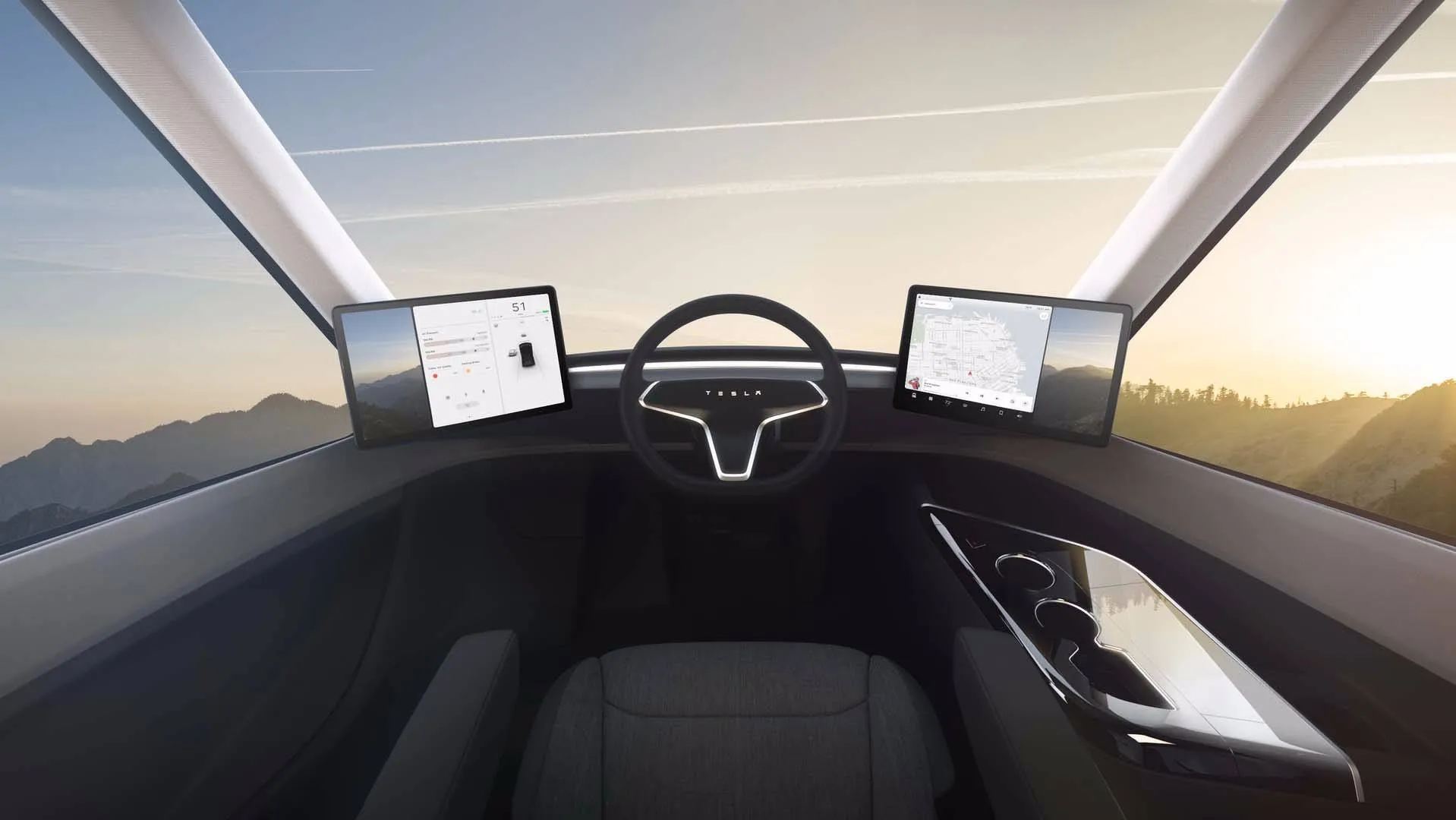
This discrepancy raises important questions about production scalability, real battery costs, and economic viability for smaller fleet operators. While Tesla promises long-term fuel and maintenance savings (estimated up to $200,000 in fuel savings over the first three years, according to Futurist Speaker), the high upfront investment could be a significant barrier if actual prices remain far above projections.
Competition: How Does the Semi Compare?
The Tesla Semi isn’t alone in the heavy electric transport race. Established manufacturers and new startups are also competing. Key competitors include the Freightliner eCascadia (by Daimler Truck) and the Nikola Tre BEV.
Tesla Semi vs. Direct Competitors (Estimates)
| Model | Maximum Range (Estimated) | Battery Capacity (Estimated) | Price (Estimated USD) |
|---|---|---|---|
| Tesla Semi Long Range | 500 miles (800 km) | ~900 kWh – 1 MWh | $180k (Projected) / $400k+ (Reported) |
| Freightliner eCascadia | ~230 miles (370 km) | ~440 kWh | $250k – $300k+ |
| Nikola Tre BEV | ~330 miles (530 km) | ~733 kWh | $300k+ |
The Tesla Semi stands out (at least on paper) for its superior range and promised performance. However, Freightliner has the advantage of Daimler’s established service network, and Nikola also bets on hydrogen fuel cell versions (FCEV) for long distances. The choice will depend on the real TCO, reliability, charging infrastructure, and after-sales support. The entry of new players, like the Slate Truck expected in 2027, may shake up this market even more.
Besides electric trucks, traditional diesel trucks from brands like Scania with its Super 500 continue to be the benchmark in robustness and global infrastructure, representing an ongoing challenge for large-scale electric adoption.
Challenges and Future Opportunities
The path for the Tesla Semi to dominate the roads still has obstacles. Increasing production to significant volumes, meeting real-world range and performance goals, solidifying the Megacharger network, and, crucially, aligning prices with market expectations are huge challenges.
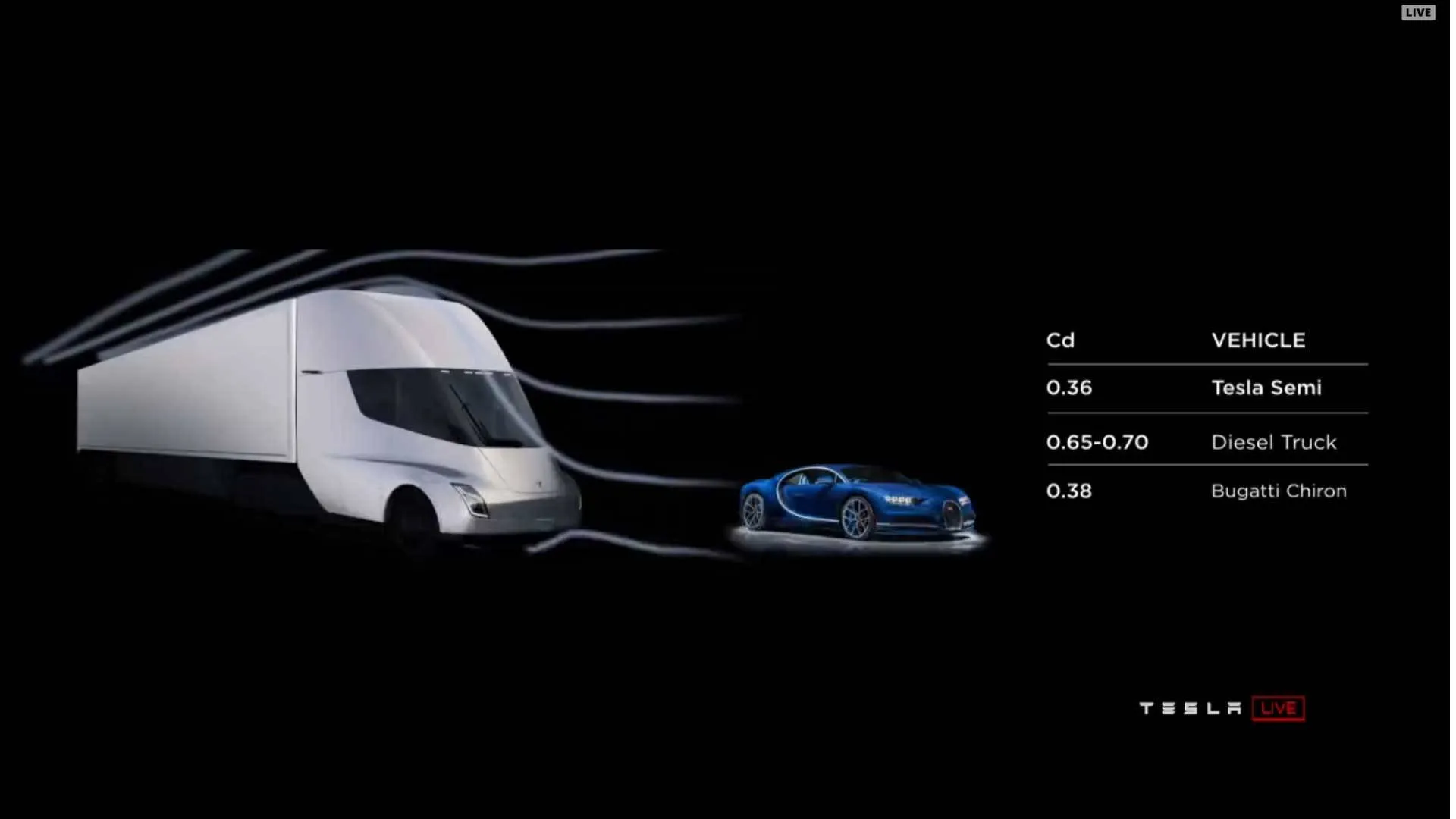
On the other hand, the opportunities are equally massive. An efficient electric truck can drastically reduce transportation sector carbon emissions and lower operating costs for businesses. If Tesla manages to overcome production and pricing challenges, the Semi could truly be a game changer, just as the Tesla Model 3 was for passenger cars.
Tesla Semi Frequently Asked Questions (FAQ)
- What is the real price of the Tesla Semi?
Projected prices were from $150k to $200k USD, but first reported deliveries were much more expensive, above $400k USD. The final mass production price is still uncertain. - What is the range of the Tesla Semi?
The Long Range version promises about 500 miles (800 km) under full load. A Standard Range version of 300 miles (480 km) was announced but has not yet gone into production. - When will the Tesla Semi be widely available?
Volume production has been delayed. The most recent estimates point to a significant production ramp starting in 2026. - How does Tesla Semi charging work?
It will use Tesla’s Megacharger network, designed to provide ultra-fast charging that adds hundreds of miles of range in about 30 minutes. - Who are the main competitors to the Tesla Semi?
Key electric competitors include the Freightliner eCascadia and Nikola Tre BEV, along with traditional diesel trucks.
The Tesla Semi is undoubtedly an ambitious project with transformative potential. The technology looks promising, and early real-world usage data are encouraging performance-wise. However, uncertainties around the final price and Tesla’s ability to scale production quickly are critical points that will define the Semi’s success in the coming years. The promise is big, but the execution needs to keep pace.
What do you think about the Tesla Semi? Do you believe it will revolutionize cargo transport? Leave your comment below!
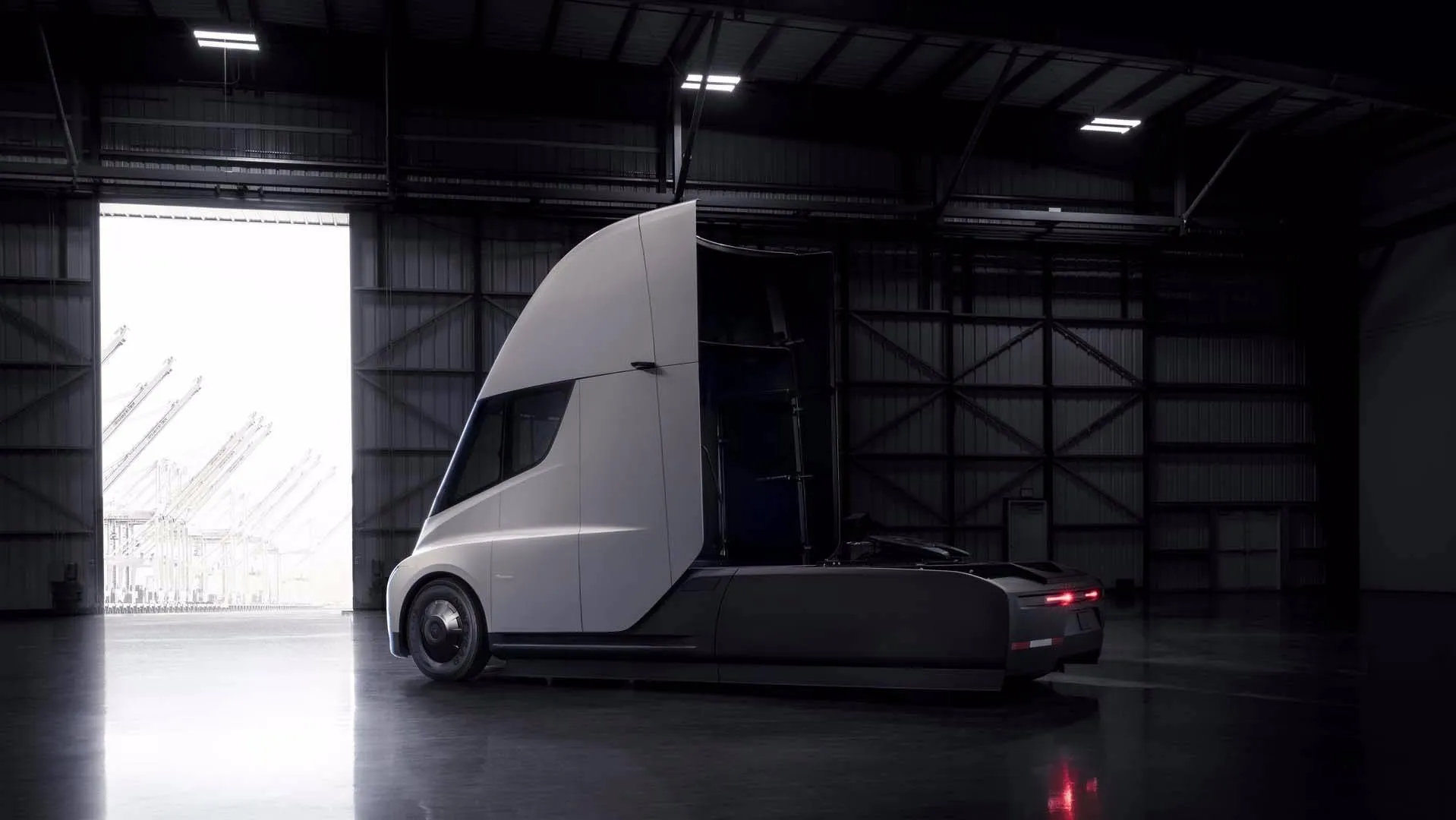

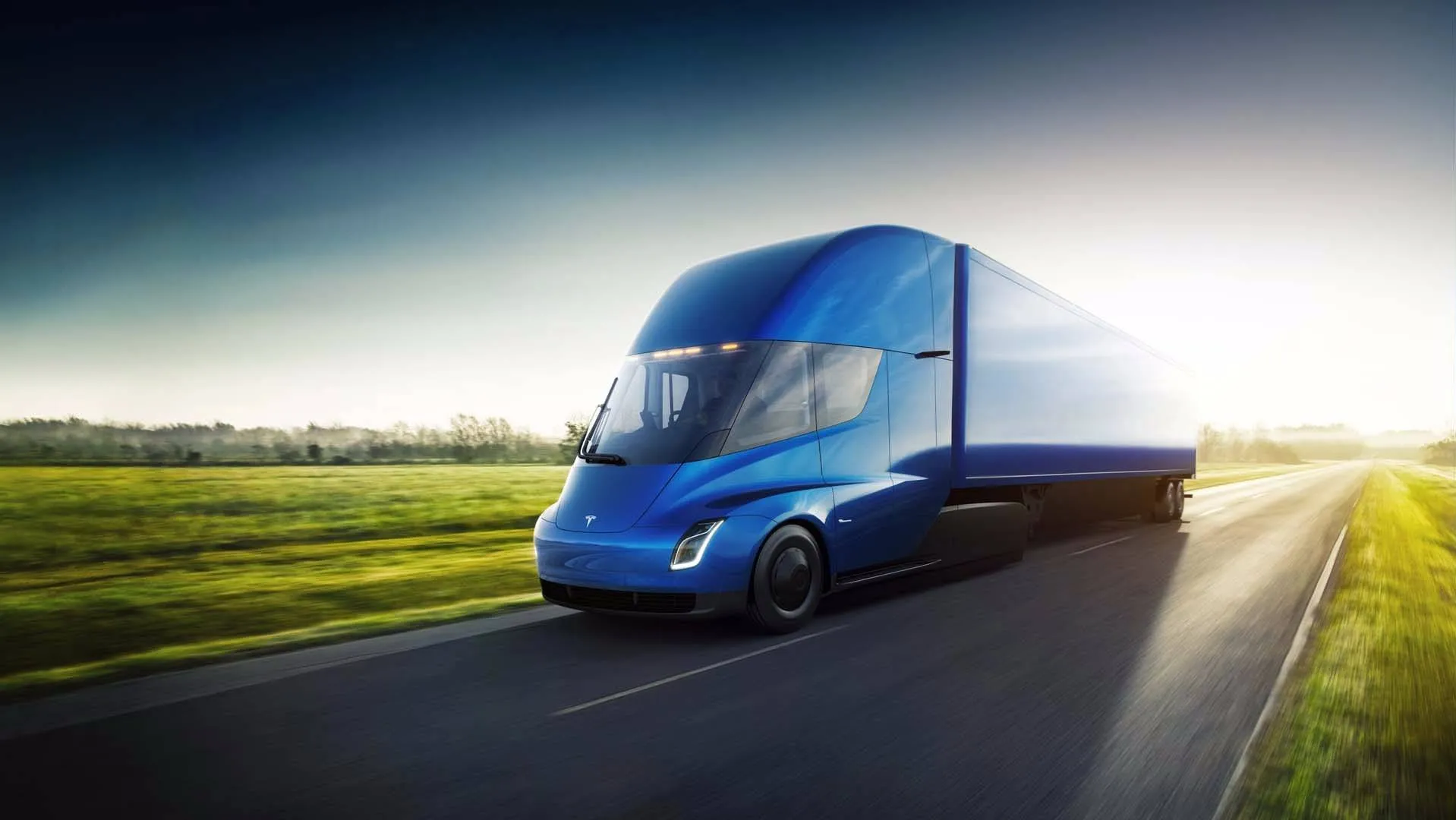
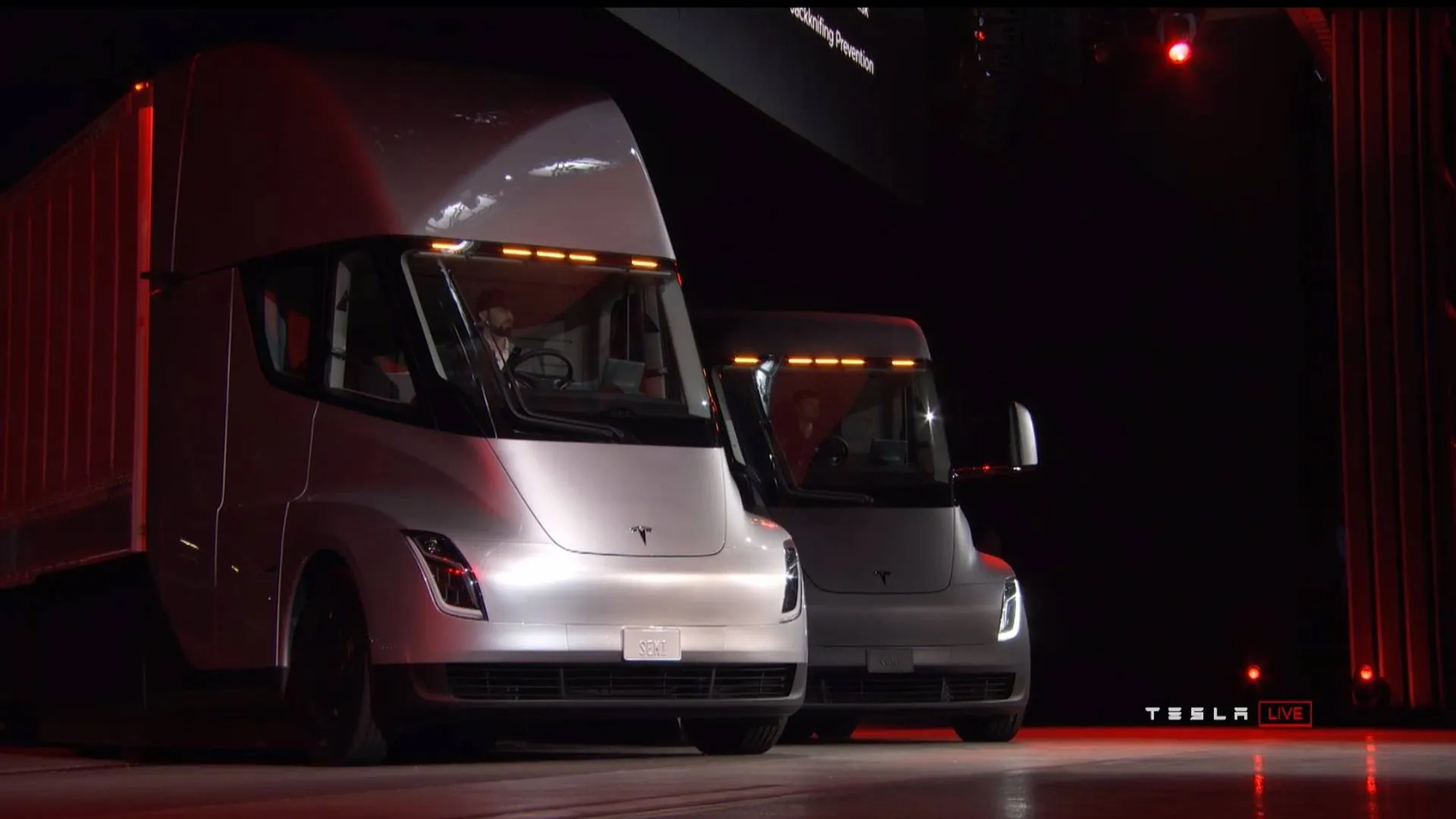
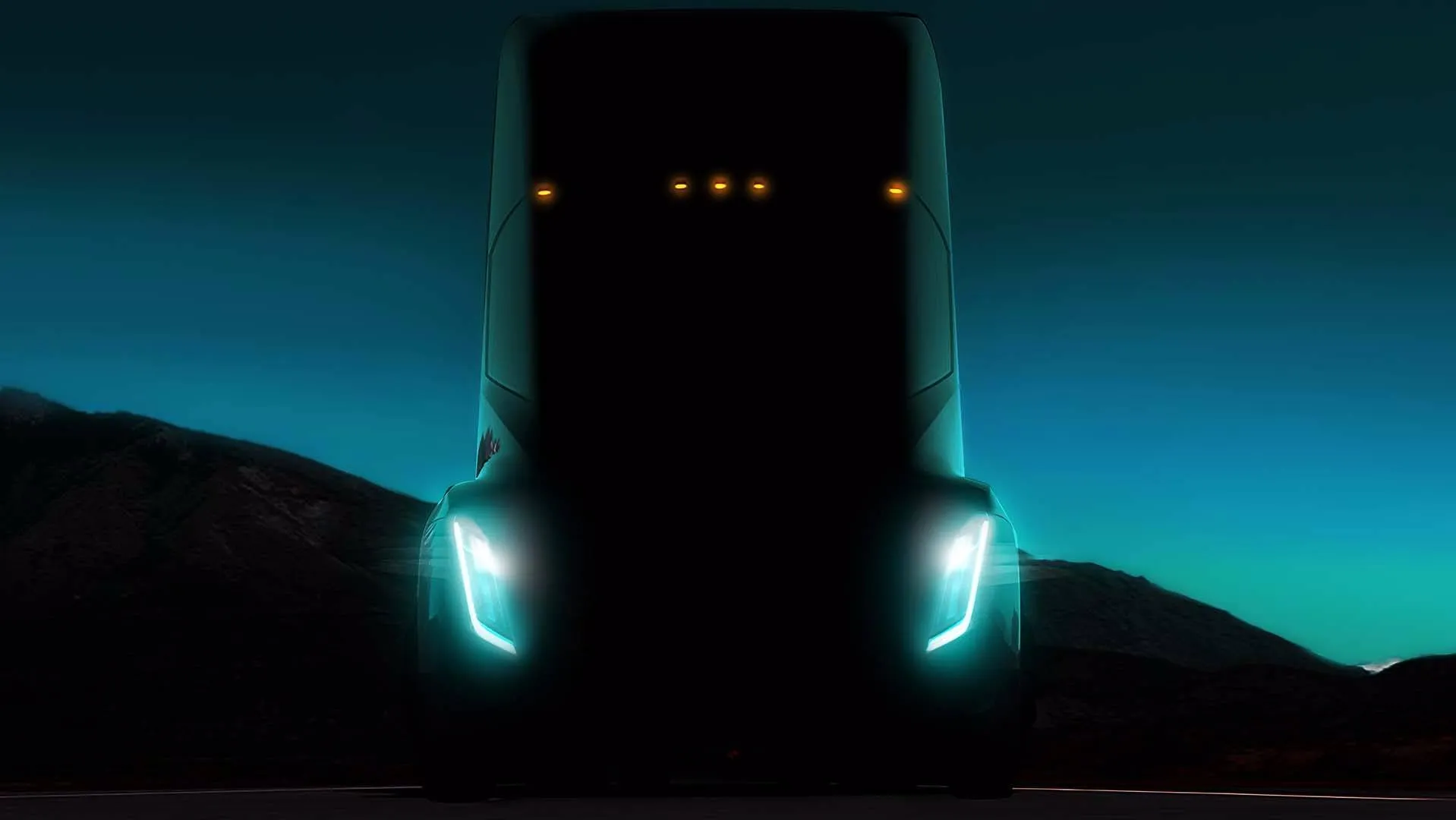
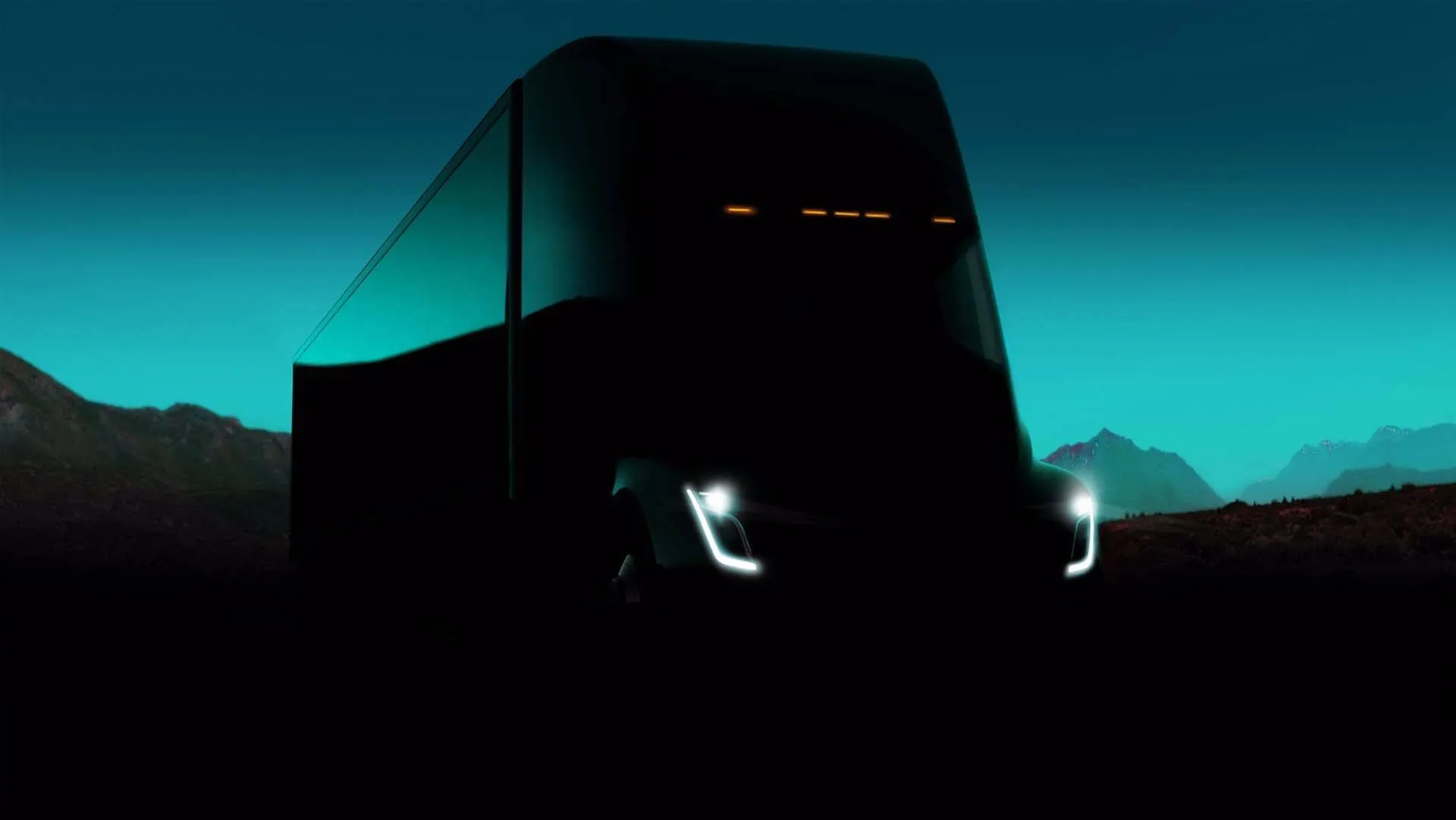

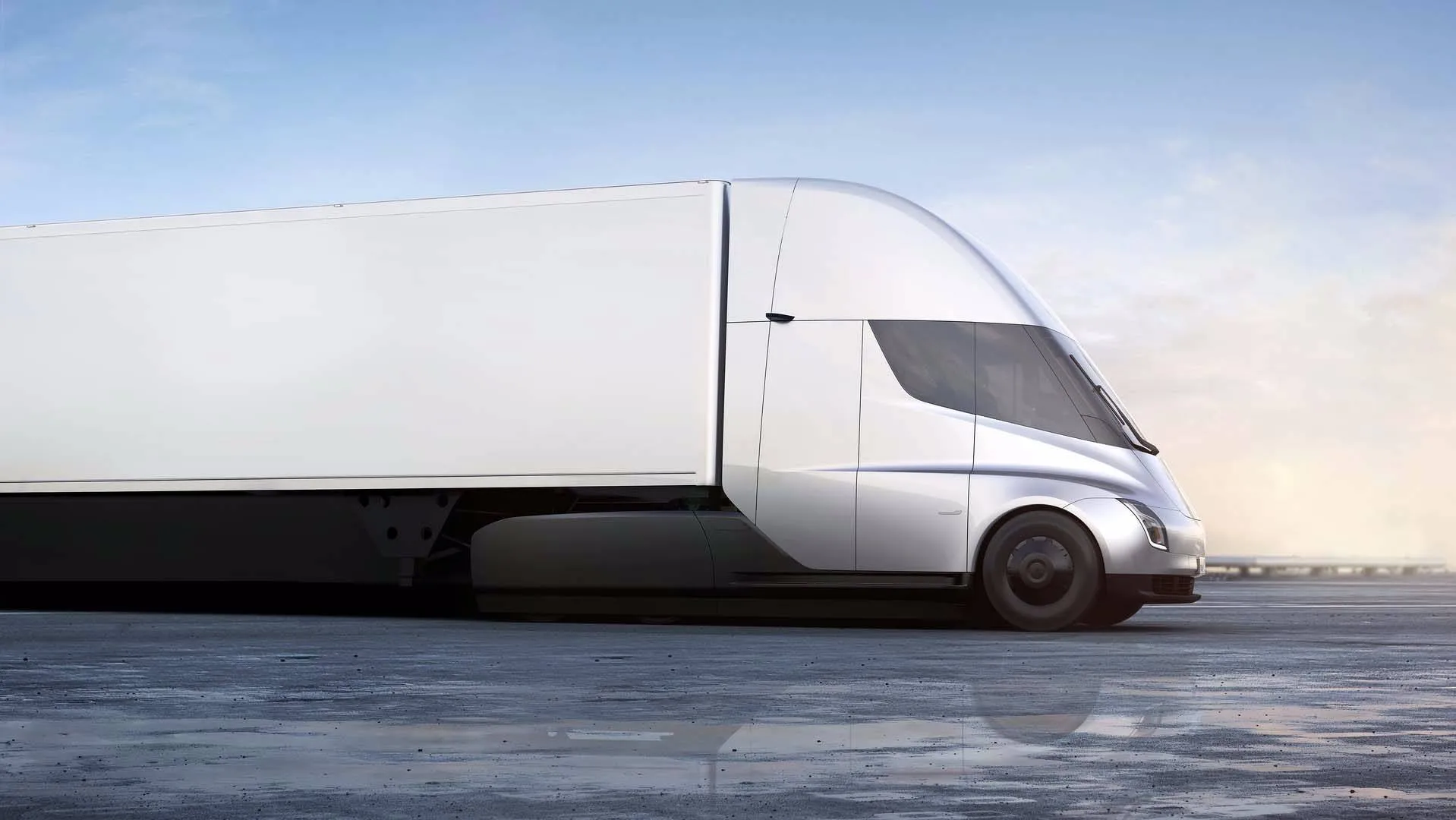



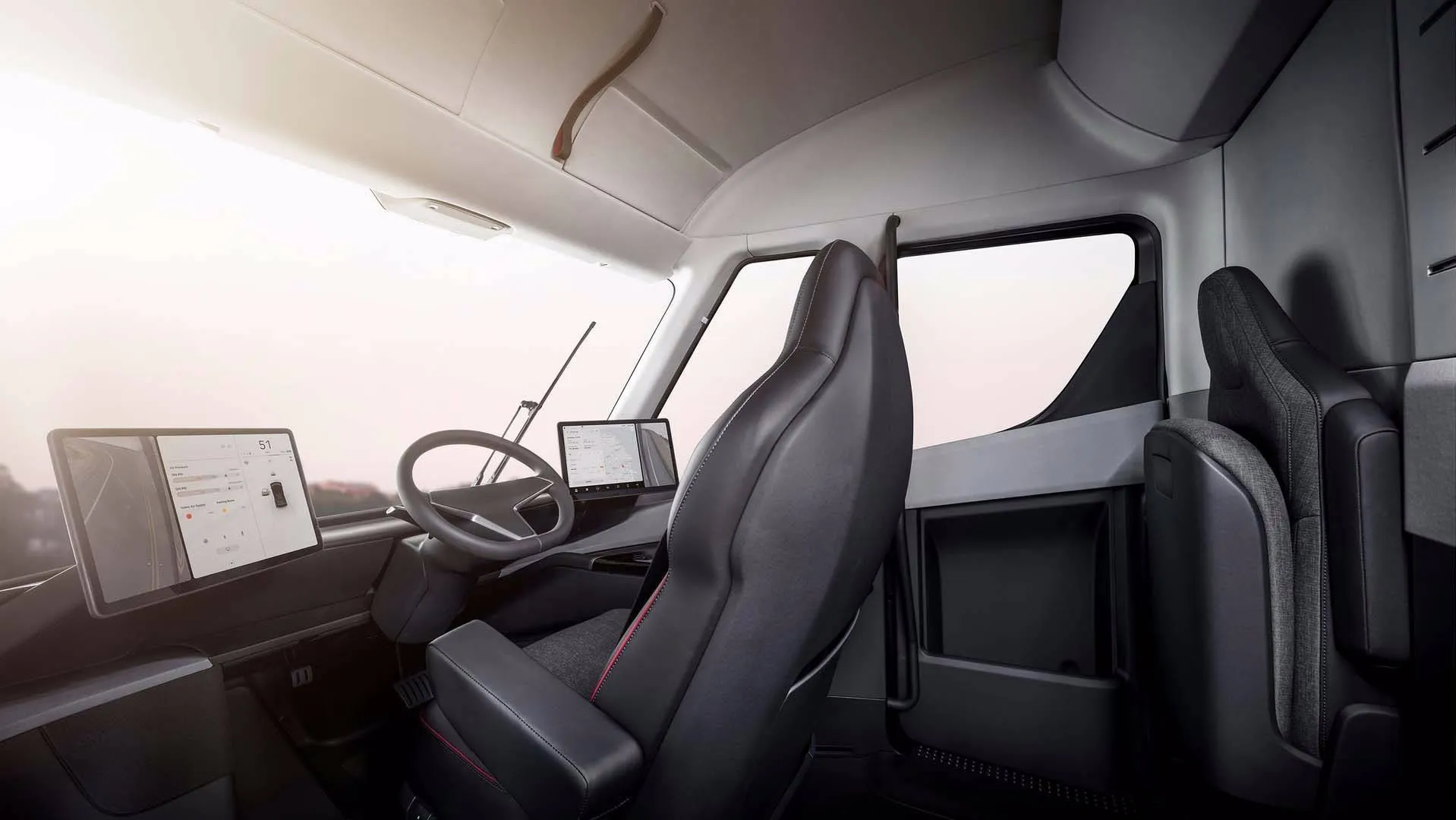

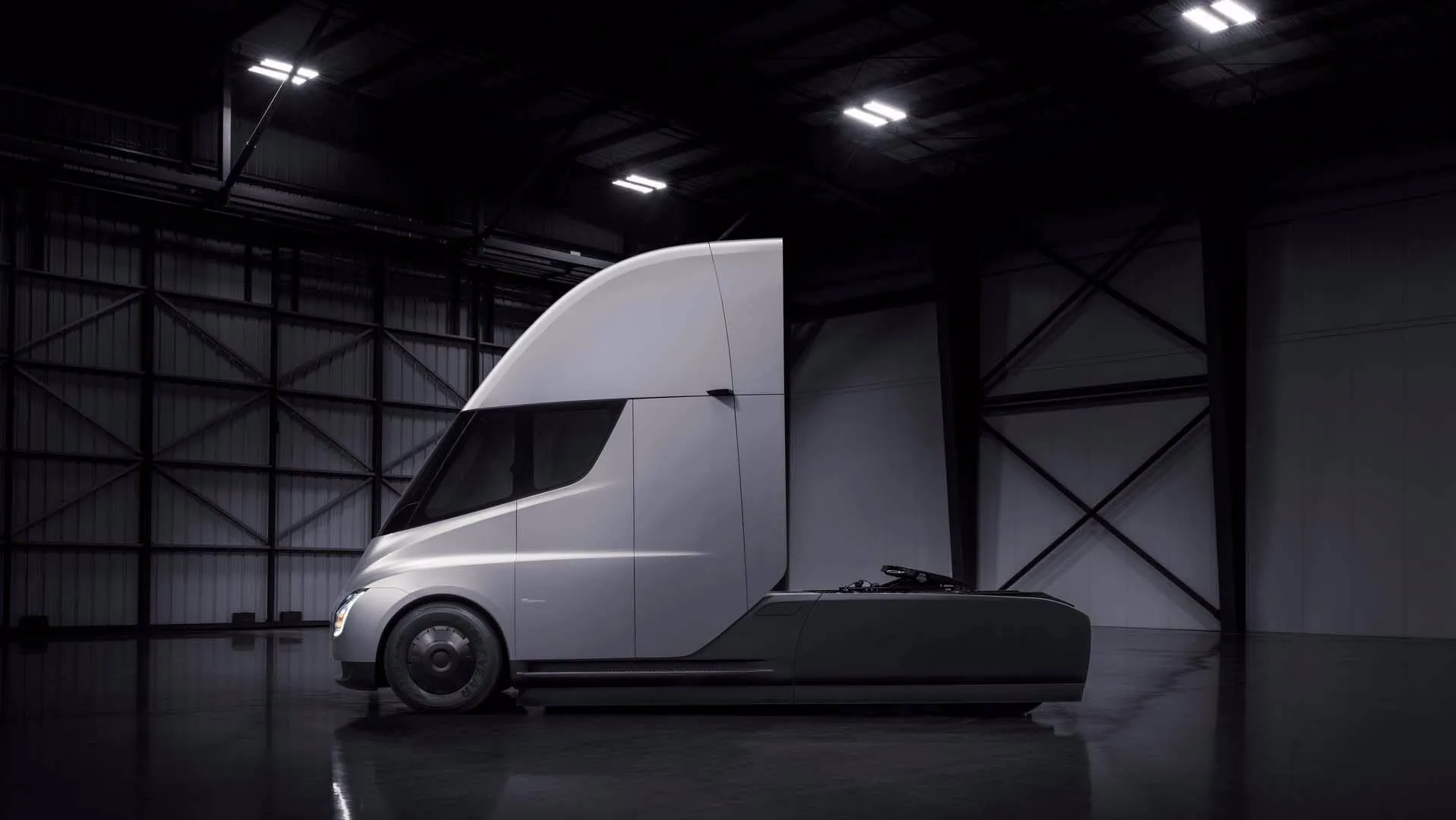
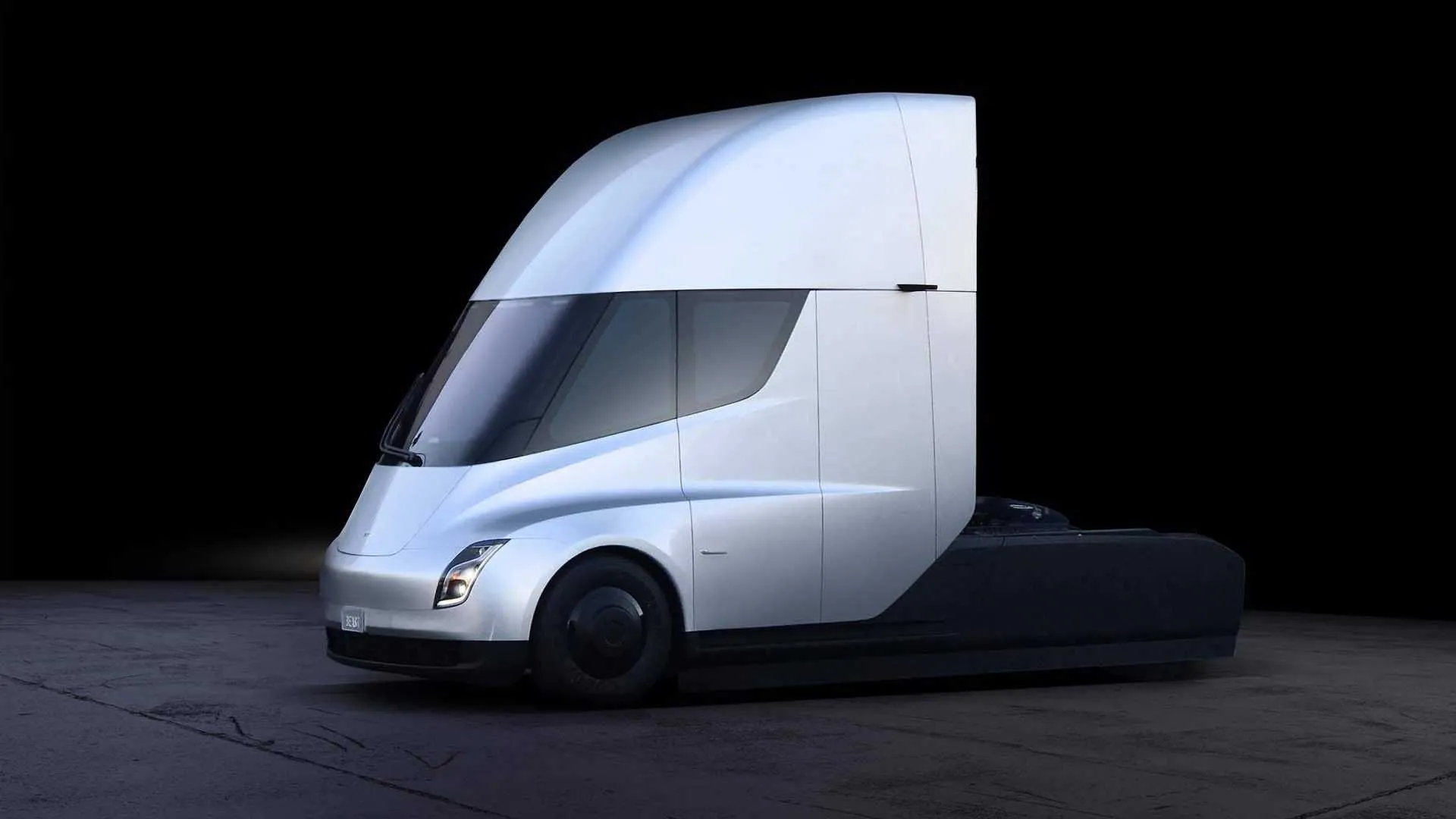
Author: Fabio Isidoro
Founder and editor-in-chief of Canal Carro, he dedicates himself to exploring the automotive universe with depth and passion. A car and technology enthusiast, he produces technical content and in-depth analyses of national and international vehicles, combining quality information with a critical eye for the public.



